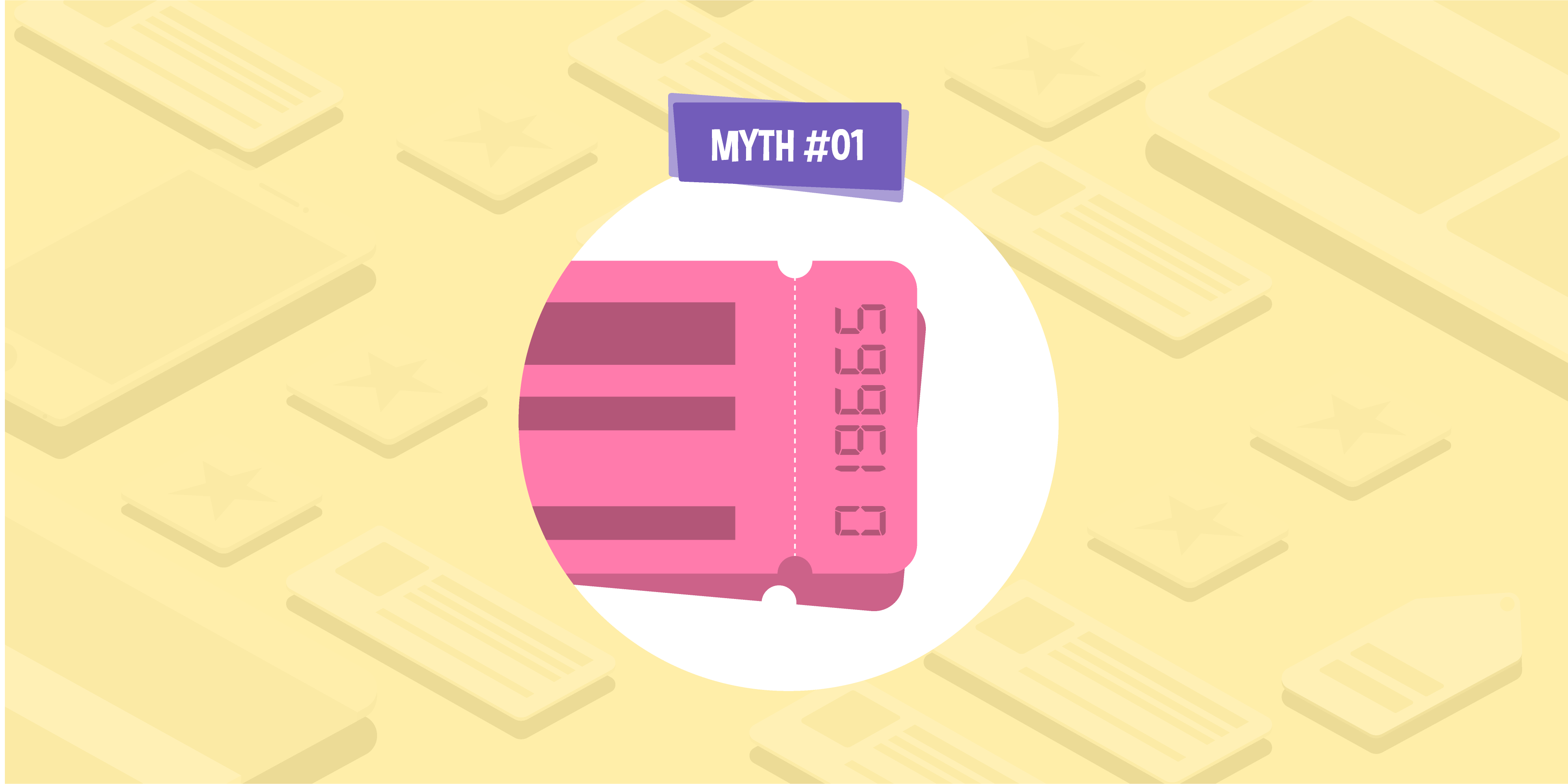
- 27 Aug 2015
- 7 Min read
Are you taking the correct approach to your content marketing? – Part two
Welcome to the second part of our modern content marketing guide. We hope you’re sitting comfortably, because we’ve got a lot to say. Before we get started, though, you might like to revisit the first part and refresh yourself with the fundamental principles.
Now you’re up to speed, let’s get into the nitty gritty of the purchase cycle…
It is not uncommon for brands to focus their attention on content geared towards customers at the ‘ready to purchase’ stage. Unfortunately for them, they miss out on a huge opportunity to target people who are either still in the pre-purchase research phase, or people who have already made a purchase and could be re-targeted. Within this post we will take a deeper look at each stage of the cycle, explaining how each type of content can benefit your brand.
Pre-purchase stage
This stage of the cycle targets consumers who might be thinking about buying a product, or those who don’t even know they want that product yet. This type of content offers a multitude of benefits, including promotional opportunities to educate your audience and generate familiarity with your brand.
What’s more, pre-purchase content takes advantage of personalised search. This means that if someone finds a website via a related Google search term, the next time they search for something similar, the search engine will rank that website higher. This is based on the principle that it has been previously useful to the searcher, thus resulting in positive preference in future.
Pre-purchase content also widens the net, so to speak, as targeting a larger audience allows your brand to connect with customers before they are ready to buy. Consequently, this means less competition, because not all of your competitors will be doing this. Instead, they’re focusing on purchase-based content, so you’re not having to work as hard to engage with these customers.
Sounds great, but what’s the catch?
You’re probably thinking that pre-purchase content sounds too good to be true. So it must be…right? You’ll be pleased to hear that it isn’t: while initial conversion rates might remain steady at first, your business will reap the benefits further down the line.
This is because the pre-purchase stage primarily concerns itself with educating, informing and entertaining visitors, meaning that conversion is not necessarily a key metric. This lack of definitive, direct marketing can seem a somewhat alien concept to many brands, but it is possible to track revenue generated from customers where their first touch point was the pre-purchase content. While many companies may be tempted to plough time into creating content that targets people ready to buy now, pre-purchase resources undoubtedly have the benefit of generating broader target engagement and effective brand exposure.
Comparative stage
Are customers ready to make a purchase?
Unlike pre-purchase content, purchase content targets consumers at the comparative stage who are looking for a specific product or service, and are ready to make a purchase. Now, you might be thinking: “If customers are already looking to purchase something, then why bother spending time and money on content?”The answer is, while consumers might know what they want to buy, they might not be as sure about who they want to buy it from.
It is therefore vital that your brand stands out from competitors by ticking all the right boxes for potential consumers. This is where creating purchase content can really help you. It has the benefit of targeting your brand’s core demographic through precise, tailored information that explains the advantages of that specific product. Consequently, quality content will engage your audience until they are ready to make a purchase, thus helping your brand gain the edge over other competitors and resulting in higher conversion rates.
Are there any pitfalls to look out for?
On the face of it, the purchase stage seems pretty straightforward: identify your target demographic and provide them with the content they need to make a purchase. That said, here at Glass Digital we have witnessed instances where brands go calamitously wrong, as a direct result of failing to employ any real research strategy for this stage.
Assuming that you know the demographic of your product, rather than carrying out concrete research, can cause issues when the person you are targeting might not be the same type of person who will be using the product. You should always tailor your content towards the people who will be buying. A good example is where a woman might purchase men’s jeans as a gift for her boyfriend (or vice versa). Another instance is Father’s Day, where content should be geared towards a demographic considerably younger than the consumers that the products are intended for. As such, brands must strike a balance between promoting relevant products, as well as appealing to both the purchaser and the user.
At Glass Digital we employ a range of methods to ensure that our purchase marketing efforts always engage the relevant consumers for your brand. Google Analytics is just one of the many tools that allow us to base our content on measured demographics, and target the audiences of our clients effectively. Its diagnostic features make it effective at breaking down your brand’s audience, therefore helping you to produce extremely targeted content. If you sell a specific brand or product that attracts a particularly high-volume age range, then this should be reflected in your content.
Post-purchase stage

A purchase has been made, what happens next?
Too many brands make the mistake of thinking that once a customer has bought something from their website, nothing more needs to be done. In reality, retaining customer engagement is an essential component of the purchase cycle. If consumers do not remain engaged with the product, service or company, they will have little inclination to return to your brand over a competitor.
Post-purchase content drives brand awareness, and ensures that customers don’t lose touch with you after they have made a purchase. This method of retargeting focuses on affirming your brand’s reputation through creating content that generates multi-channel interaction. As a result, this marketing stage serves to keep your brand in the customer’s mind without being endlessly bombarded by purchase-driven content.
For the more creative types among you, this is your chance to really shine. This is because post-purchase content necessitates even more originality in order to engage with people who are under no obligation to take notice of your brand. Brand loyalty is therefore generated through providing consumers with content that they want, that will entertain, and that will encourage them to choose your brand above all others.
So, what to create?
Picture this: You’ve put your creative cap on, got your pen in hand, and have begun to brainstorm a few post-purchase content ideas. Trouble is, how do you know people will want to read any of this stuff? This is where a lot of brands go wrong. Even with the most creative, imaginative team in the world, if your content doesn’t resonate with your target audience, repurchasing is a slim possibility.
When deciding on the type of post-purchase content to develop, it is important to thoroughly research every idea to confirm its viability. Otherwise, you could spend needless time developing an idea that falls flat.
At Glass Digital we use proven research approaches to guarantee effective retargeting. A good tip is to look at your best-selling products or services and identify any potential purchasing patterns. You can then carry out keyword research around your findings to see what other type of things your customers are talking about or looking to buy. This will provide you with knowledge about the wants of your customers, which acts as a good grounding for the angle that your post-purchase content should take.
Our experts recommend carrying out comprehensive content analysis to help guide and shape your post-purchase efforts. We look at trending content in a client’s vertical over different time periods to see what’s doing well, which themes are reoccurring, as well as topics that are best to avoid. Remember: it’s not just about getting traffic to your website, it’s about getting the right kind. Succeed at this and your ROI will grow.
What’s next?
We hope that you’re now feeling sufficiently inspired to go forth and prosper at each level of the purchase cycle. By tailoring your research to appeal to each of your target segments, from everyone including the purely prospective customer to the potential returning consumer, your content will reflect this and reap the benefits.
If you would like any more information, or think you could benefit from Glass Digital’s inbound marketing services, contact us or call 0333 7000 555.



